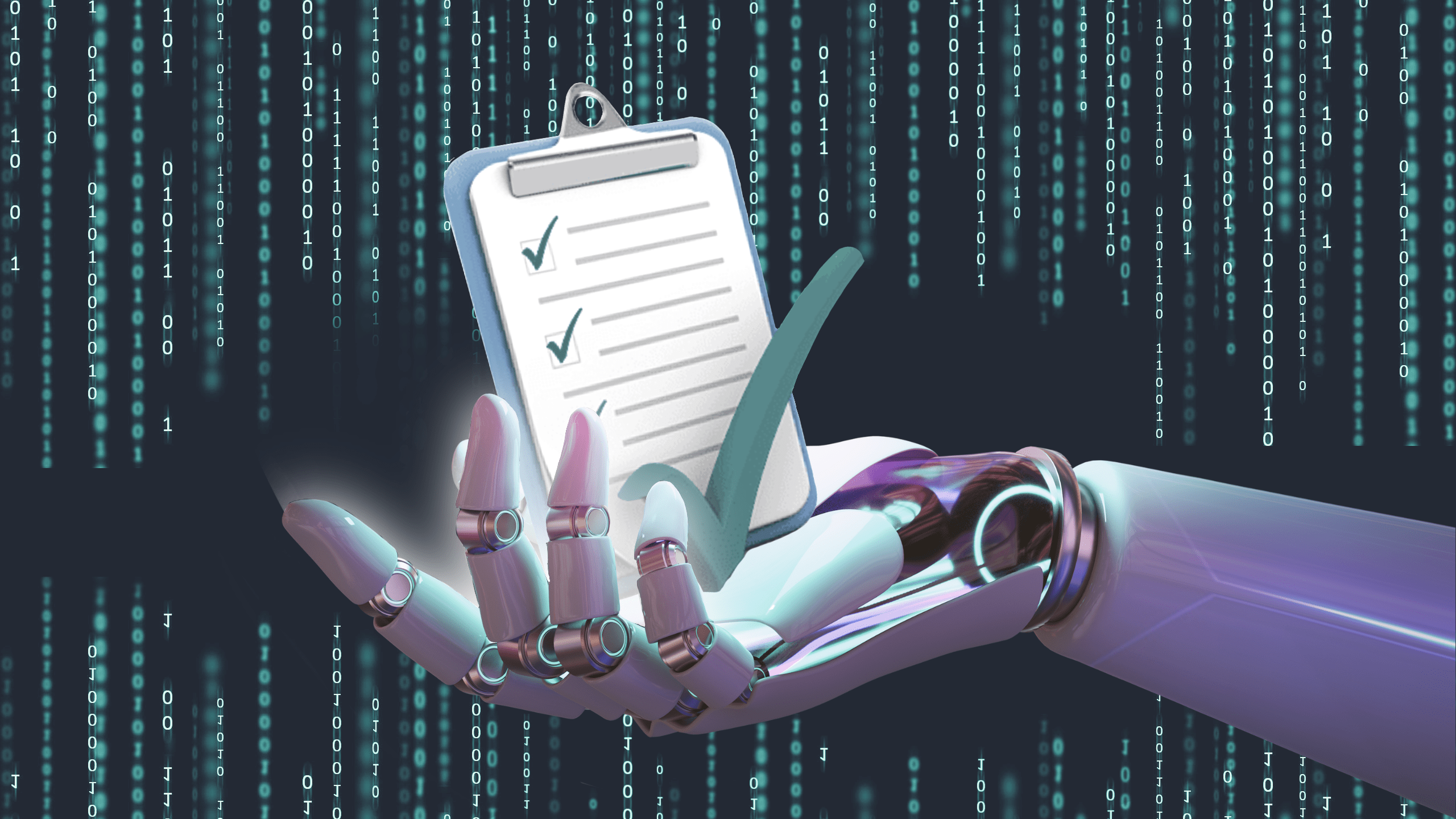The job application process is an exhausting one. Tailoring resumes and cover letters, interviews, and all that awful time spent waiting to hear from a potential employer.
Now, on top of all of that, there’s AI to throw into the mix too.
The 21st century job search can be tricky—but fear not. Let’s talk about how technology is being used in the job application process, and how you can use it to be more successful.
“Human” Resources
If you sent in a resume somewhere and never heard back, it’s very likely that you can blame that radio silence on a robot, not a real person.
More than ever, human resources departments are implementing an Applicant Tracking System (better known as ATS) to filter through resumes without a person ever needing to lay eyes on them.
ATS uses its artificial intelligence to determine if a candidate is qualified enough to make it to an interview stage. The AI determines what an ideal candidate looks like and compares your skillset to their model based on keywords in your application.
Luckily, there are ways to tailor your application to look better to ATS, and it doesn’t require any technical magic. All you have to do is utilize the job posting to edit your resume.
If a posting is looking for a detail-oriented employee with data management and professional writing skills, then there’s three keywords you should fit into your resume somehow: detail-oriented, data management, and professional writing. (Imagine it like a grown-up “I Spy”, if that makes the process more fun.)
Remember, though: don’t just throw in keywords because they’ll help make your application more viewable—make sure the skills actually apply to you!
Turning the Tables
Don’t let this get you down—for all the AI tools that might be working against you, there’s a tool that can work for you to make your job search more effective.
You can even use online tools—powered by AI—to see how well your resume holds up with an ATS. Because ATS can struggle to read resumes with unusual formatting or heavy design elements, you can find out how likely your resume is to be discarded by a robot; then, you can make it better!
Tech can also help you when you get to the interview stage. I like to ask ChatGPT to give me examples of interview questions so I can think ahead and formulate my own answers, and even allude to some of them in my cover letter!
Key word: my own. What separates you from every other candidate is your own personal experience and abilities, including your ability to answer questions. Before turning to a machine, try coming up with your own answers so your own voice shines through.
To make your job search super effective, put these questions into a document and write down your answers so you can refer back to them at any time—and continue adding to it as you get more experience!
Some tools also use AI to put you through a mock interview to assess your interviewing skills—delivery, content, pacing, eye contact, etc. If you’re really nervous about the interview stage, this can be super helpful to calm some nerves and prepare you for the real thing.
At the End of the Day…
If you choose to use AI tools in the job search, there’s one important thing to remember:
At the end of the day, companies aren’t hiring a robot—they’re hiring you.
Use AI tools to help you, not replace you—they should enhance and highlight your abilities, instead of overshadow you.
Be honest about your skills and experience, and share your story in a way that is genuine to you. When digital tools are everywhere—both in your corner and not—using them is a no-brainer. Just remember that they can’t substitute for human experience; using AI to lie or sugar-coat your skills might land you a job, but it probably won’t keep you there.

